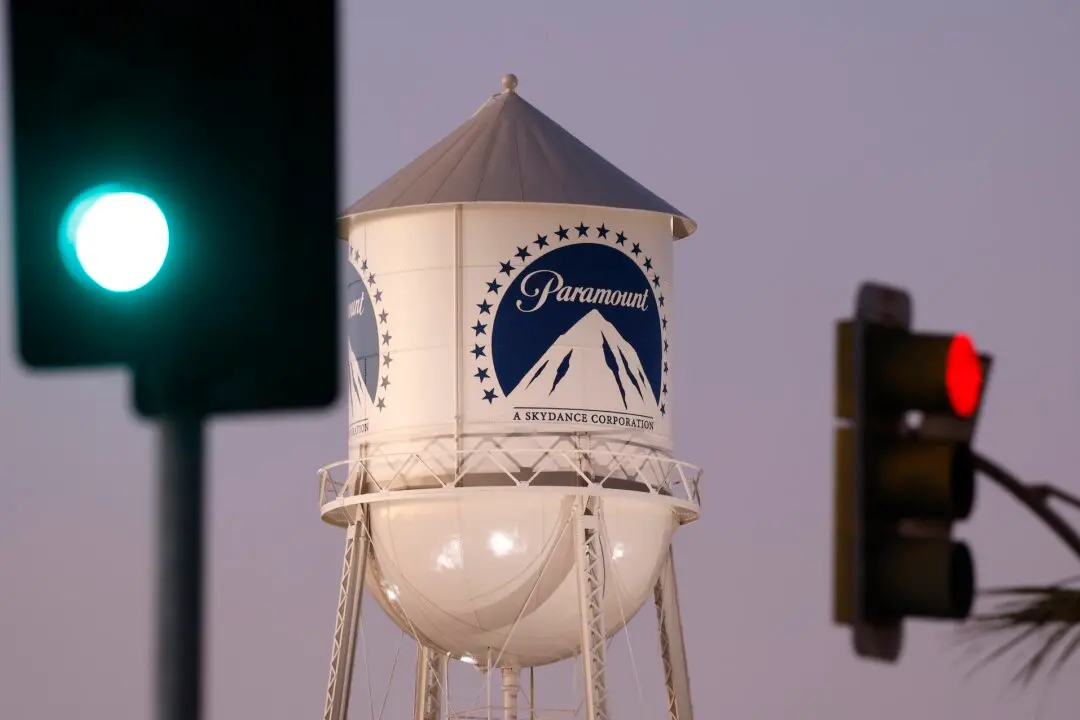More than a million more Americans applied for unemployment benefits in the week ending June 20, as weak demand pushes businesses to lay off workers, suggesting a prolonged path to labor market recovery in the wake of the CCP virus pandemic.
The Labor Department’s weekly jobless claims report (pdf) released June 25 shows that 1.48 million American workers filed initial jobless claims for the week ending June 20. That’s down by 60,000 from an upwardly revised 1.54 million in the prior week.





